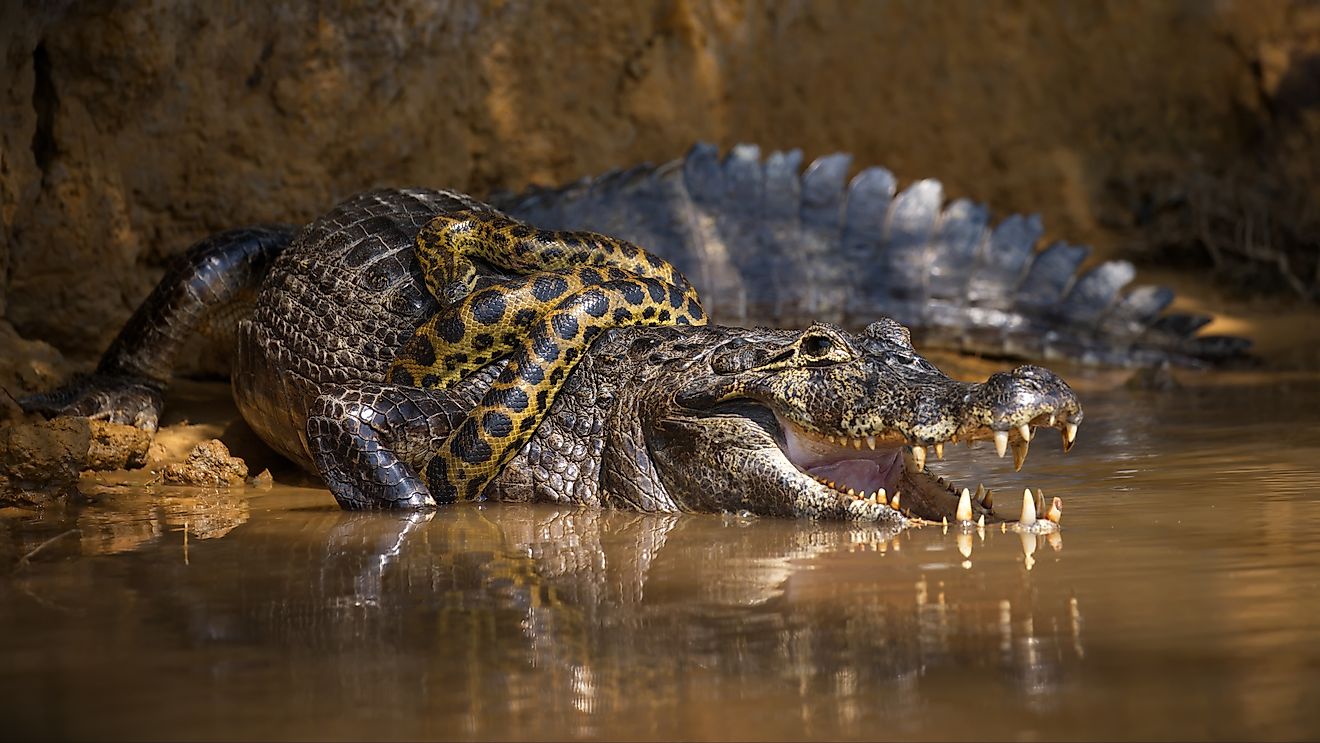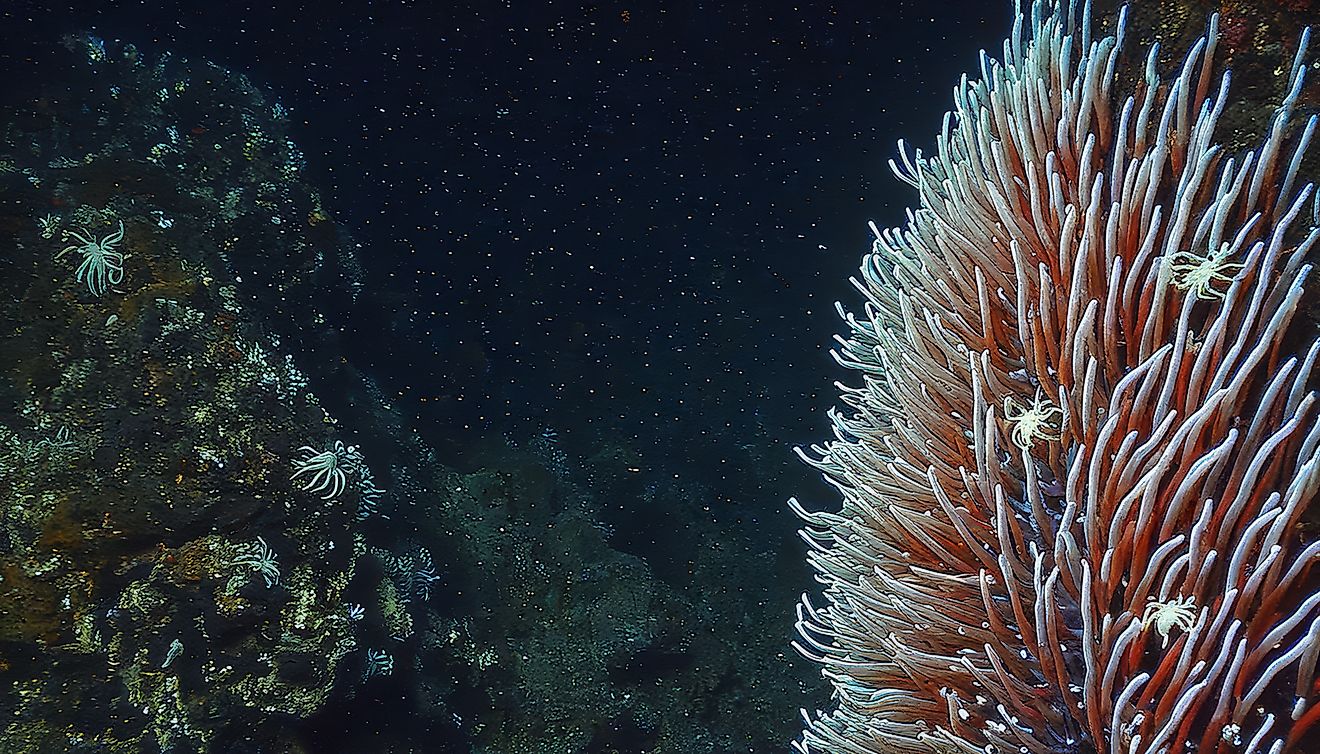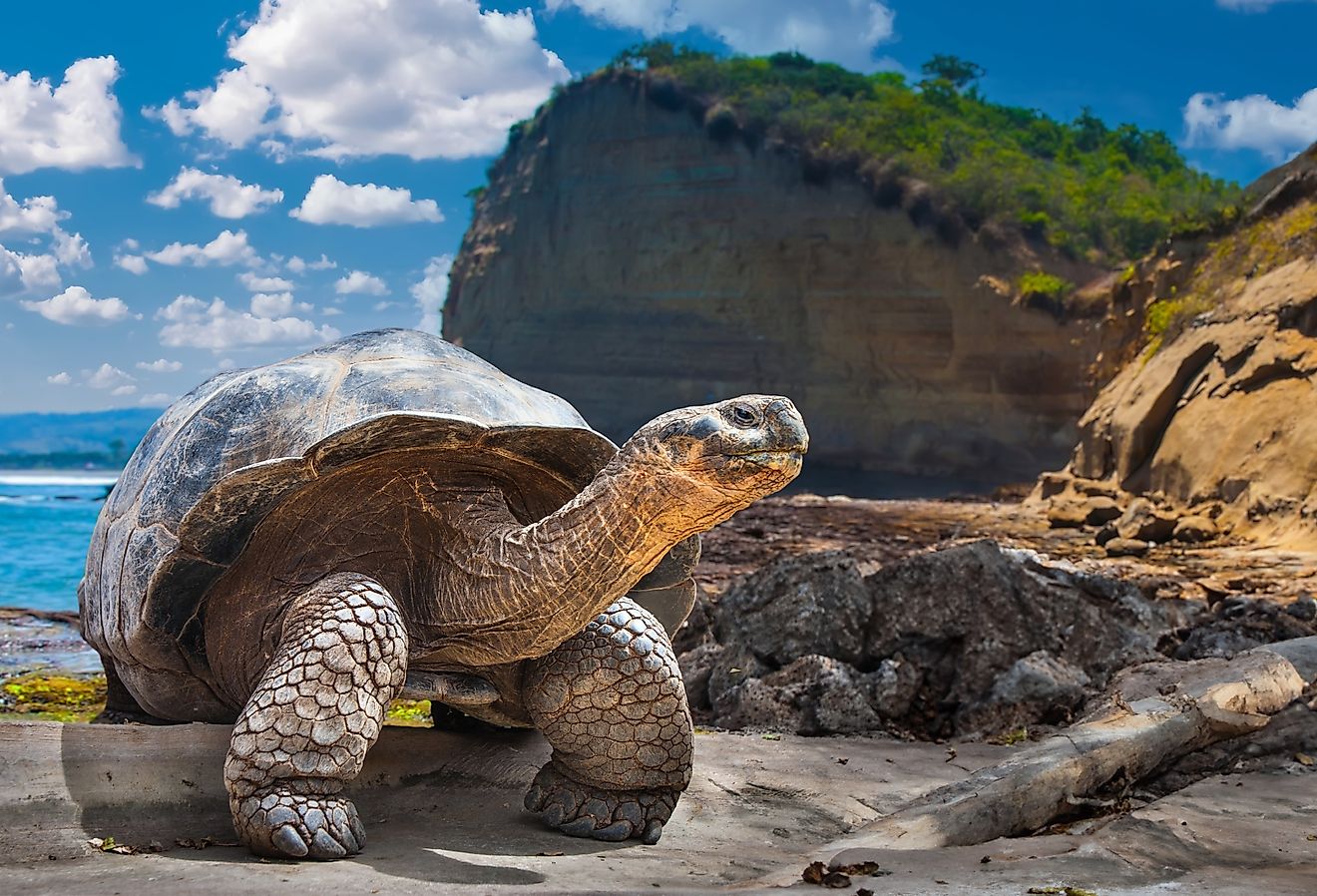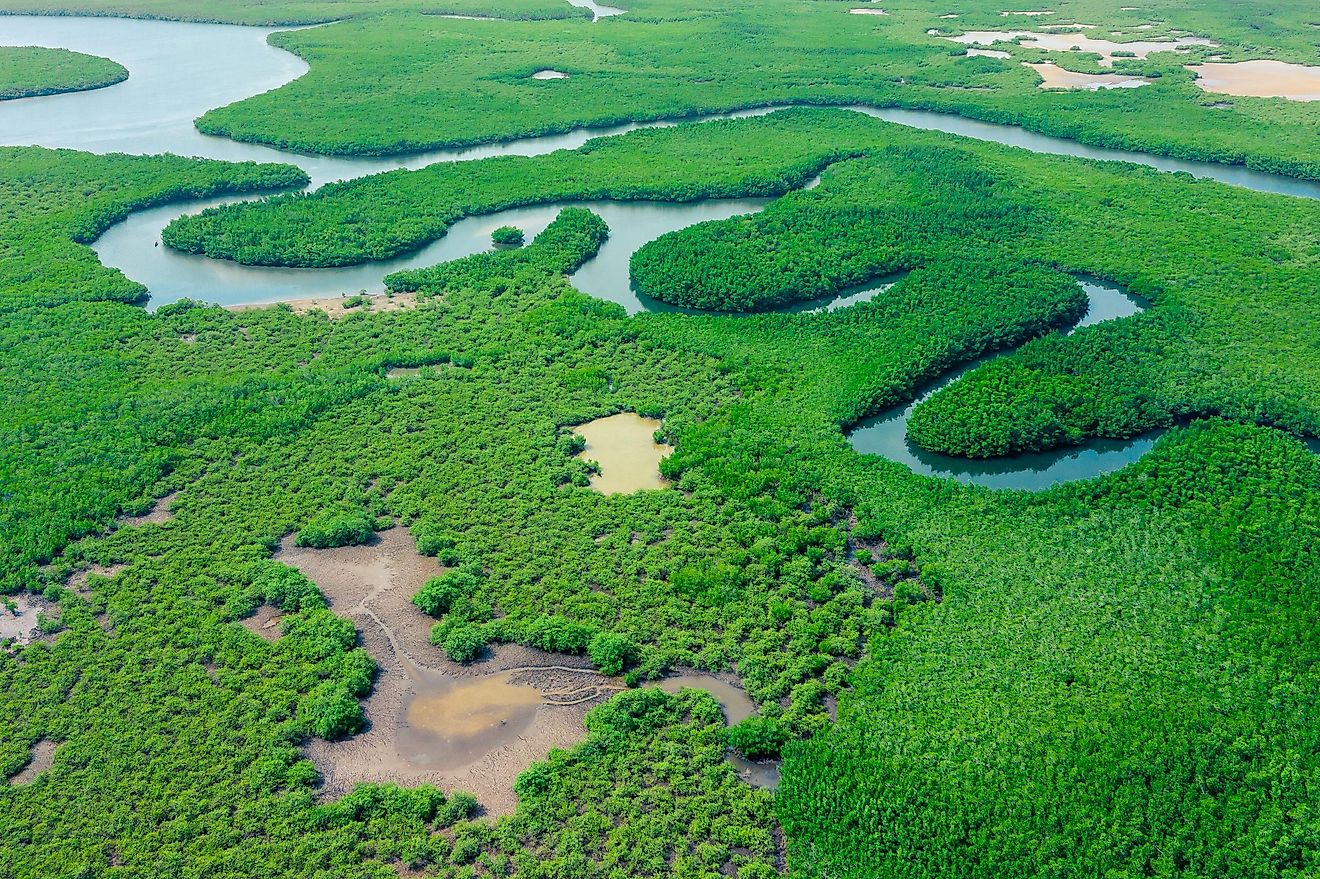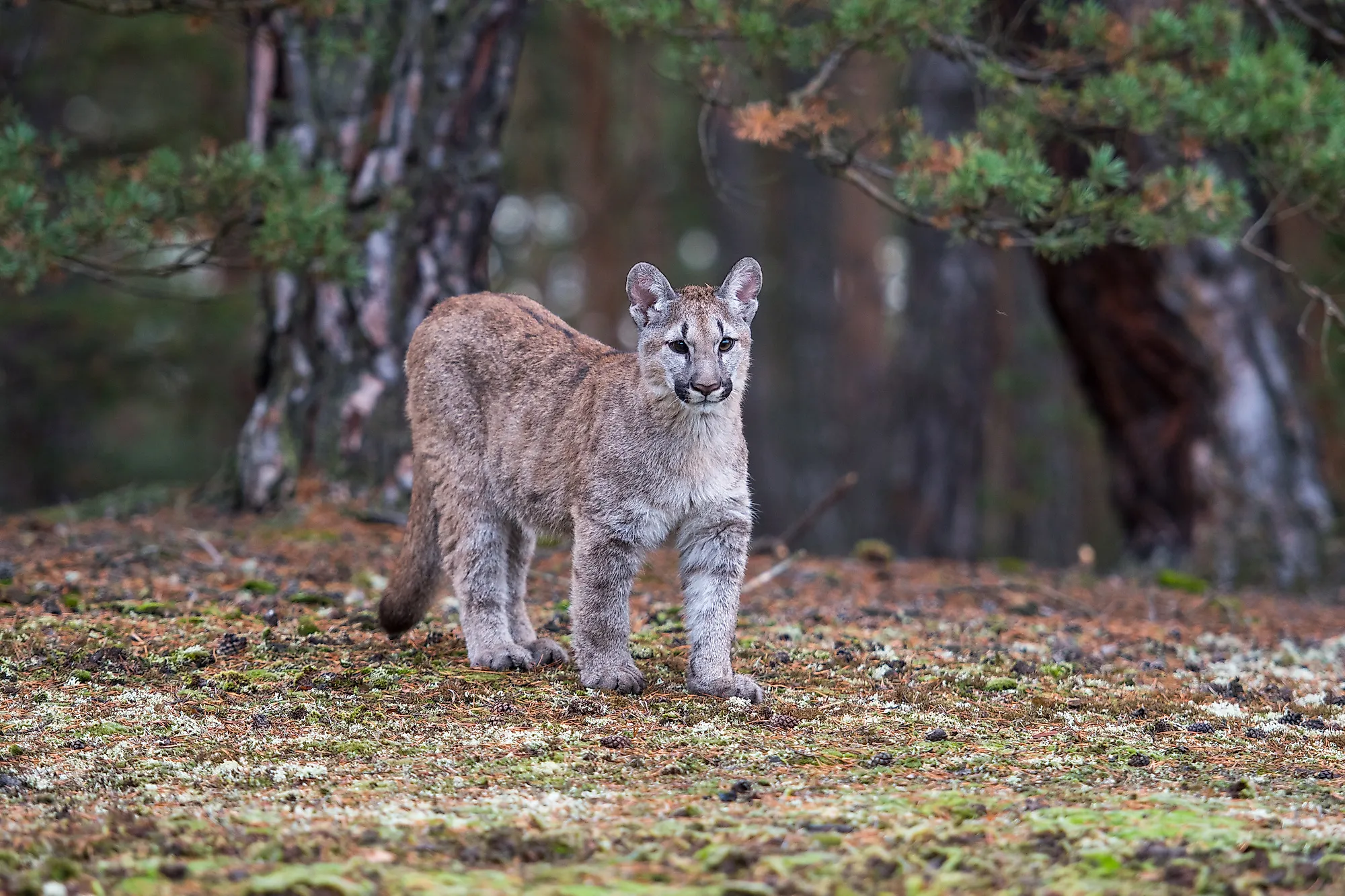
Animals Native to Florida
The southeastern state of Florida is home to thousands of plant species and animals. From pines to red maples, close to half of tree species in the US grow in Florida. Meanwhile, countless animal species live across the state, including—but not limited to—100 mammal species and over 400 bird species. From the elusive manatee to the majestic Florida Panther, learn more about some of the species native to Florida!
American Alligator
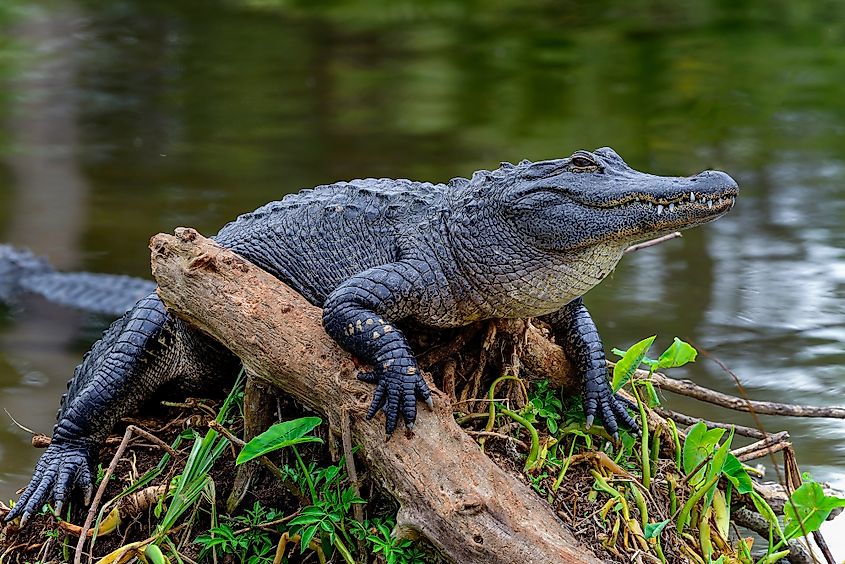
The American Alligator (Alligator mississippiensis) is a large crocodilian species. Though they look similar to the American crocodile, these reptiles are not endangered and are distributed along the US waters, from North Carolina to the Rio Grande in Texas. Their ideal habitats are freshwaters and slow-moving rivers, but they also thrive in swamps, marshes, or lakes. These carnivorous reptiles have average life spans of 35 to 50 years. They can span sizes of 10 to 15 feet and can even weigh as much as 1,000 lbs!
American Flamingo
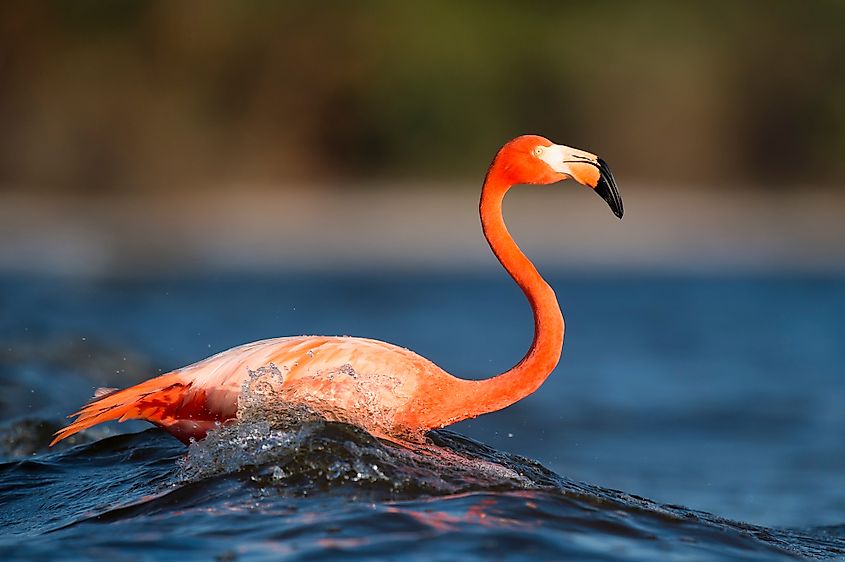
Scientifically known as Phoenicopterus ruber, the American Flamingo is a brightly colored bird closely related to the greater flamingo or the Chilean flamingo in the Neotropics. American flamingos live in Central and South America, as well as the Caribbean. They are also found in areas around the Gulf Coast and Florida as vagrants. These colorful birds often live in mudflats and shallow coastal lagoons with salt water but can also be found in brackish water or alkaline waters. American flamingos are social species that often flock together in the thousands.
Florida Horse Conch
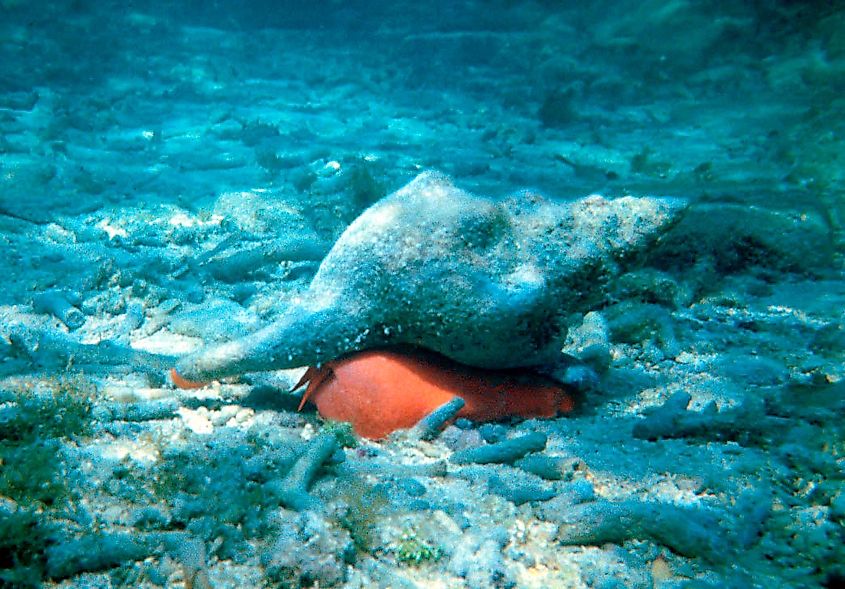
Regarded as Florida's state shell, the Florida Horse Conch (Triplofusus giganteus) is a large saltwater sea snail that's the largest of its kind in North America. This predatory gastropod feed on smaller invertebrates like whelks, clams, or tulip snails, thriving in shallow waters around North Carolina to the Mexican Yucatan Peninsula. Its distinctive, whorled shell is sturdy and thick in nature and was used by the Native Americans for tool-making and as a commodity.
Roseate Spoonbill
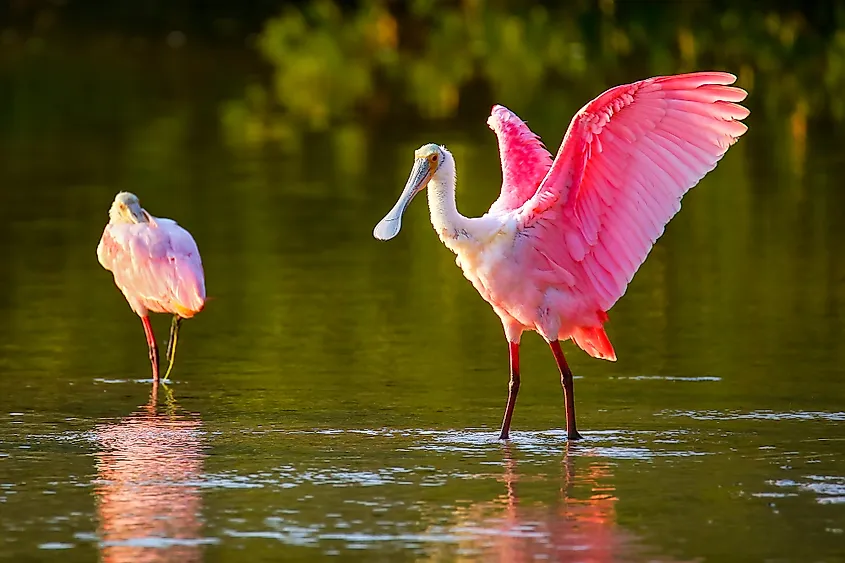
The Roseate Spoonbill (Platalea ajaja) is a large wading bird with a spoon-shaped bill and pink plumage. These colorful birds live in southern Florida but are also found in southwestern Louisiana, coastal Texas, and even from the Greater Antilles to Argentina, Antilles, and Uruguay. Roseate spoonbills love to wade through shallow waters in environments like bays, mangroves, forest swamps, and marshes, setting up nests or roosting within trees or shrubs near the water's edge. These medium-sized birds sleep standing up with one leg and head tucked into their back and shoulder feathers!
Florida Panther
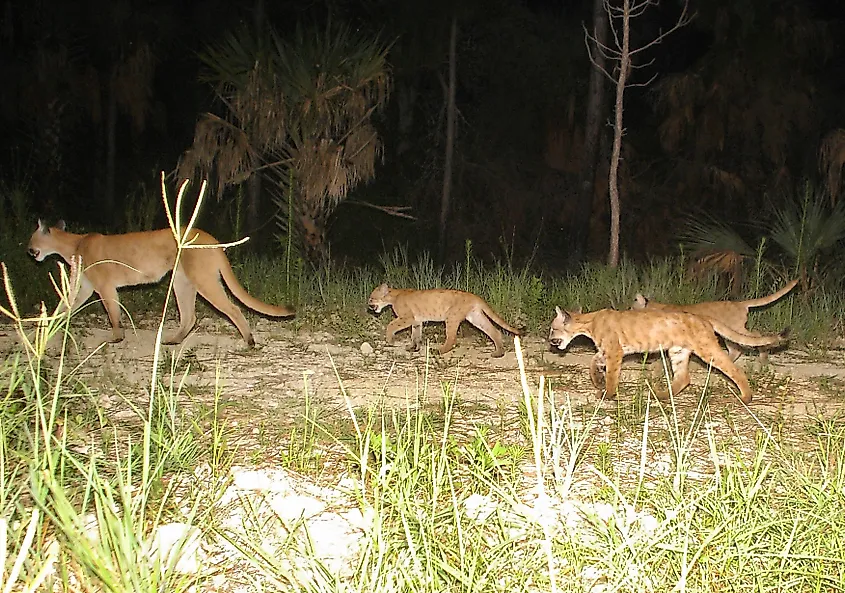
The Florida Panther (Puma concolor coryi) is a subspecies of mountain lion and is identified as a "giant cat" with beige fur, white bellies, and black linings on the tips of its tails, ears, and nose. These long-tailed cats may vary in color. Historically, the population of Florida Panthers spanned from Florida to Louisiana, as well as through the Gulf States towards Arkansas. Currently, they are only confined to a small area in the southwestern end of Florida and are the only breeding ground for pumas in the eastern US.
The Florida Panther thrives in warm climate habitats and may live in wetlands, swamps, and upland forests. These carnivores rely on hunting prey like white-tailed deer, feral hogs, raccoons, birds, and small reptiles to survive. They are even known to hunt larger animals like the American alligator! The population of Florida Panthers is threatened due to human activity and disturbance. Since 1973, these mountain lions have been classified as an endangered species. Hunting has largely impacted the species' population, though automobile collisions and habitat fragmentation are also culprits of the lions' population decline. In the 2010s, it was estimated that there were only more than 200 Florida Panthers in the wild.
Miami Blue Butterfly
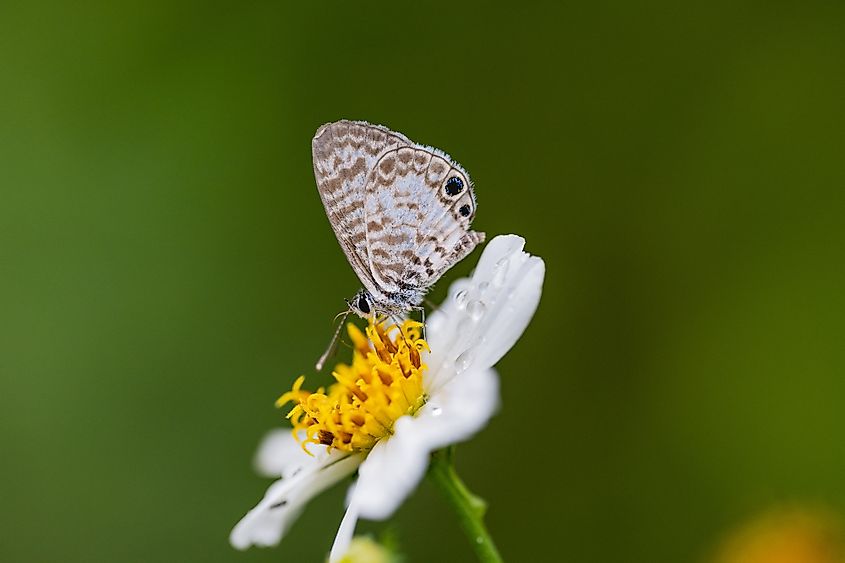
Scientifically known as Cyclus thomasi bethunebakeri, these beautiful butterflies are known for their bright blue-colored backs and gray undersides, with four black basal spots and white bands on their wings. As herbivores, the Miami Blue Butterflies typically feed on balloonvines, gray nickerbeans, and blackbeads.
These beautiful butterflies are endemic to Florida, usually thriving in ecosystems like tropical hardwood hammocks, beachside scrubs, and tropical pine rocklands. Currently, Florida recognizes the Miami Blue Butterfly as an endangered species. Its population is threatened by habitat loss/degradation, habitat fragmentation, mortality, and invasive species.
Eastern Diamondback Rattlesnake
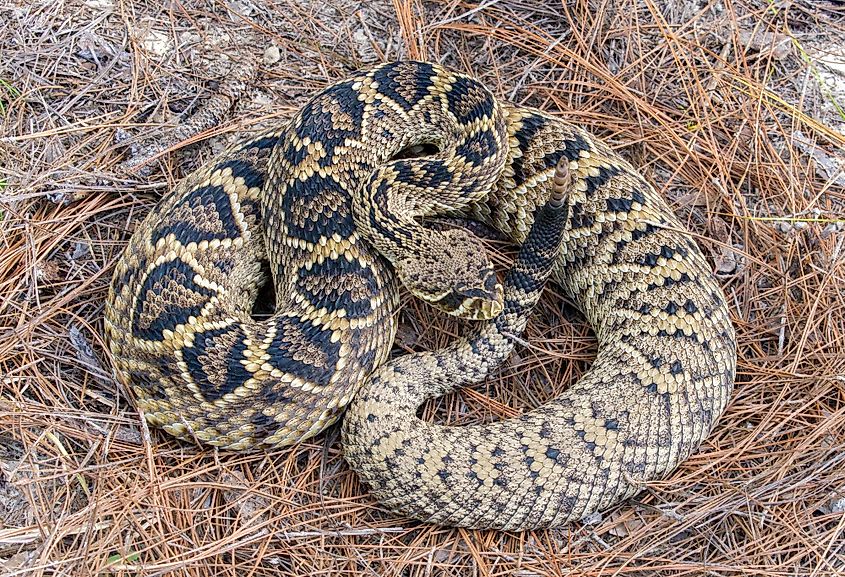
The Eastern Diamondback Rattlesnake (Crotalus adamenteus) is a species of venomous pit vipers characterized by its earth-colored scales adorned with 24 to 35 diamonds on its back. These snakes are considered one of North America's most venomous snakes! Due to its carnivorous nature, its diet largely consists of small mammals like rabbits and large insects. The Eastern Diamondback Rattlesnake is found throughout Florida in all of the state's counties. They have also been found in regions within southeastern North Carolina, southern Alabama, Mississippi, and southeastern Louisiana.
The snakes thrive in habitats like pine flatwoods, longleaf pine, turkey oak hammocks, sand pine scrub areas, and coastal barrier islands. During dry periods, they can also thrive in wet prairie environments. Occasionally, they can be found in suburban neighborhoods! These solitary species take shelter in gopher or tortoise burrows and within bushes or trees. The Eastern Diamondback Rattlesnake contains a venom that's dangerous to humans. For humans, a lethal dose of this snake's venom ranges from only 100 to 150 mg.
Florida Scrub Jay
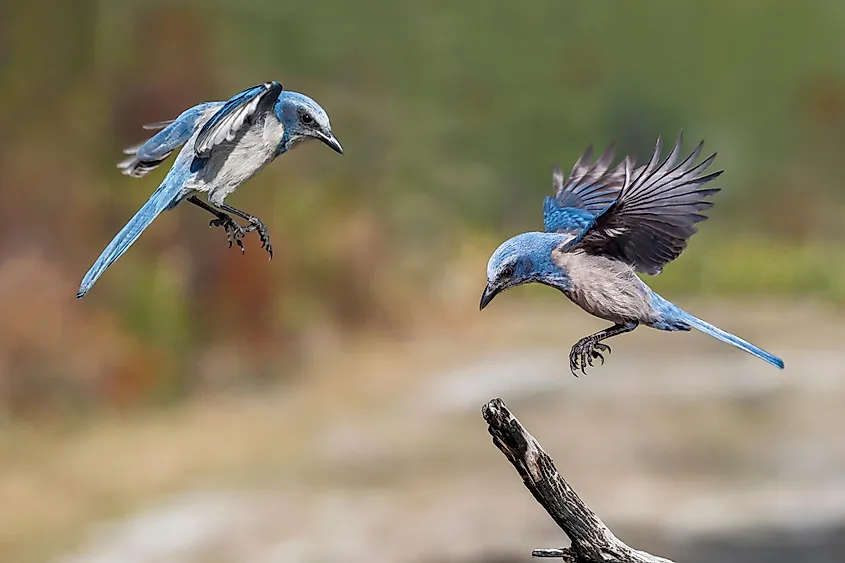
Scientifically named Aphelocoma coerulescens, the Florida Scrub Jay is notable for its blue, gray, and white colors. These small birds forage on the ground and on trees, with a diet that usually consists of acorns. They may also eat arthropods (like spiders and snails), berries, seeds, rodents, eggs of smaller (and younger) birds, and small reptiles.
The Florida Scrub Jay can only be found in the state of Florida, particularly in the Florida scrublands, which have oak scrubs, scrubby flatwoods, and sandy soils. These lands occur in rare, isolated pockets, making these birds rather sedentary, as they rarely wander away from their patch of scrub. The Florida Scrub Jay is an endangered species, with 90% of its population declining in the past century. The main causes of the bird's population decline are due to habitat destruction, habitat fragmentation, and loss of habitat. The Florida Scrub Jay is similar in size to the blue jay.
Florida Black Bear
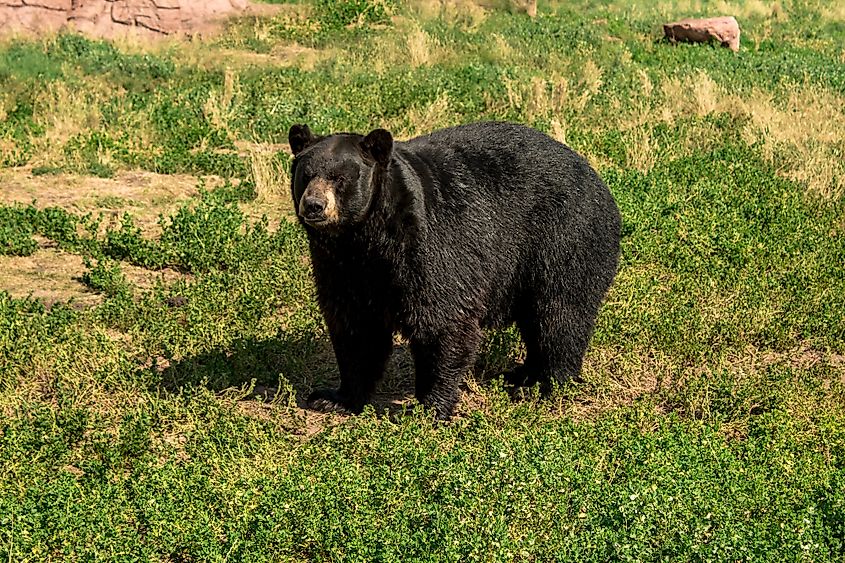
Known as Ursus americanus floridanus, the Florida Black Bear is the only bear species in Florida and is an American black bear subspecies. These bears are opportunistic omnivorous species, foraging on both plants and animals based on the season (and whatever is available). Florida Black Bears live in forestlands that have not been converted into commercial land, which is only 49% of the species' historic habitat range. The bears can also thrive in many of Florida's other ecosystems, including flatwoods, swamps, scrub oaks, and hammocks.
Though Florida Black Bears have lived in Florida for thousands of years, the loss of the state's forests and herbaceous wetlands for commercial development threatens the bear population. The destruction of the bear's natural habitat into smaller pieces (through habitat fragmentation) is another threat to its population. It's estimated that over 4,000 Florida Black Bears remain in the wild, with its population reportedly growing since the 1980s. These American black bears are protected under the Bear Conservation Rule to protect their population.
West Indian Manatee
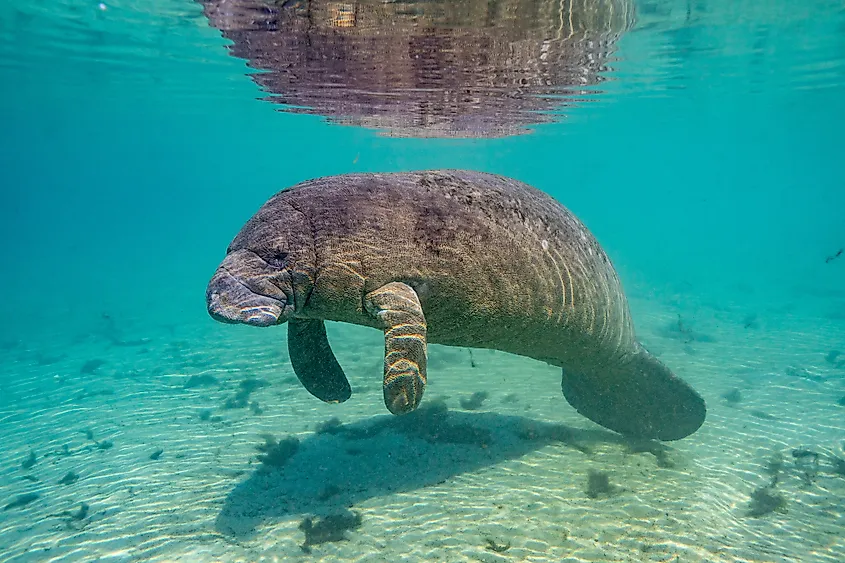
Also known as the North American Manatee, West Indian manatees are aquatic mammal species from the order Sirenia. They are characterized by their seal-shaped grey bodies with paired flippers and a wrinkled face with bear-like whiskers. In Florida, manatees can usually be found on the state's coast and the Gulf Coast. Manatees have also been spotted around North Carolina, Texas, and Rhode Island! They can also be found in the Caribbean.
Manatees live in shallow water bodies—like estuaries, slow-flowing rivers, saltwater bays, canals, and coasts—abundant in seagrass beds or vegetation. These aquatic mammals are primarily herbivores, though they occasionally consume invertebrates and small fish while eating vegetation. The West Indian Manatee is a protected animal under US Federal Law through the Marine Mammal Protection Act of 1972, the Endangered Species Act of 1973, and the Florida Manatee Sanctuary Act of 1978.
From manatees to American crocodiles, the American state of Florida is home to various animal species that come in different sizes, shapes, characteristics, and conservation statuses.
